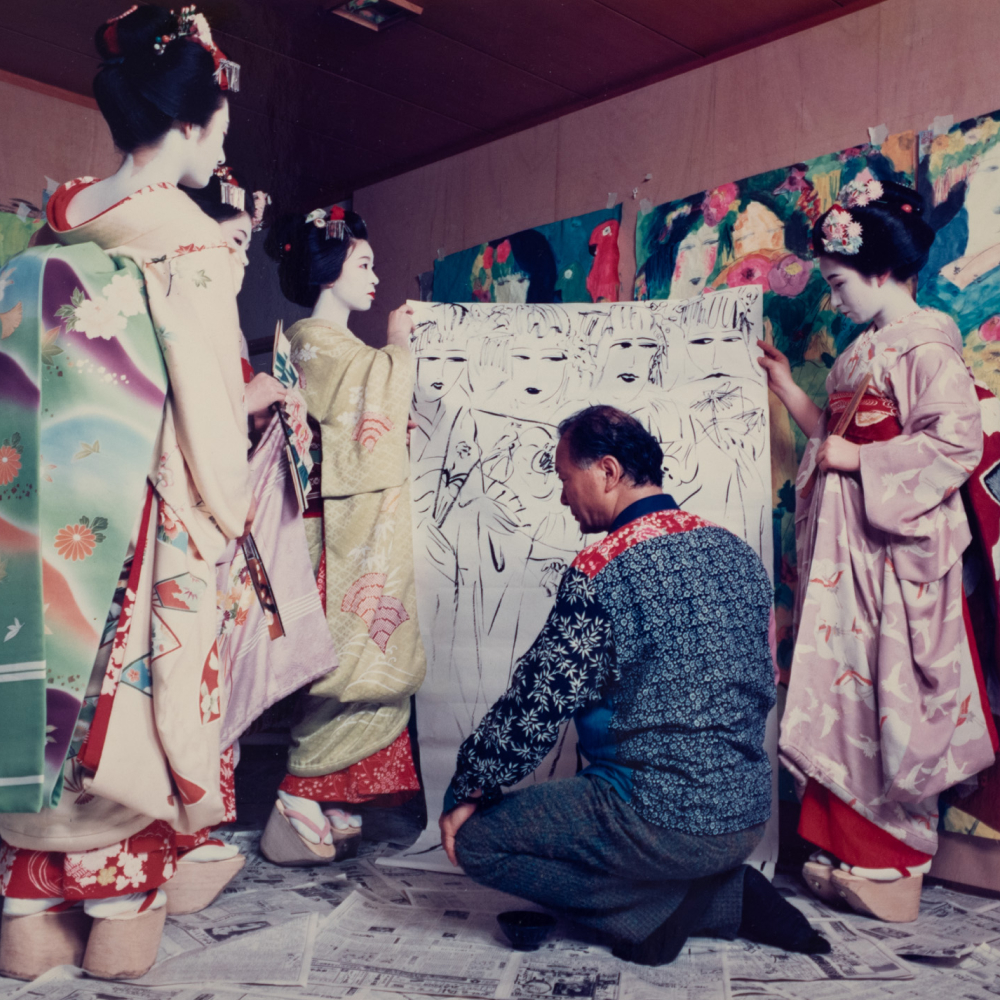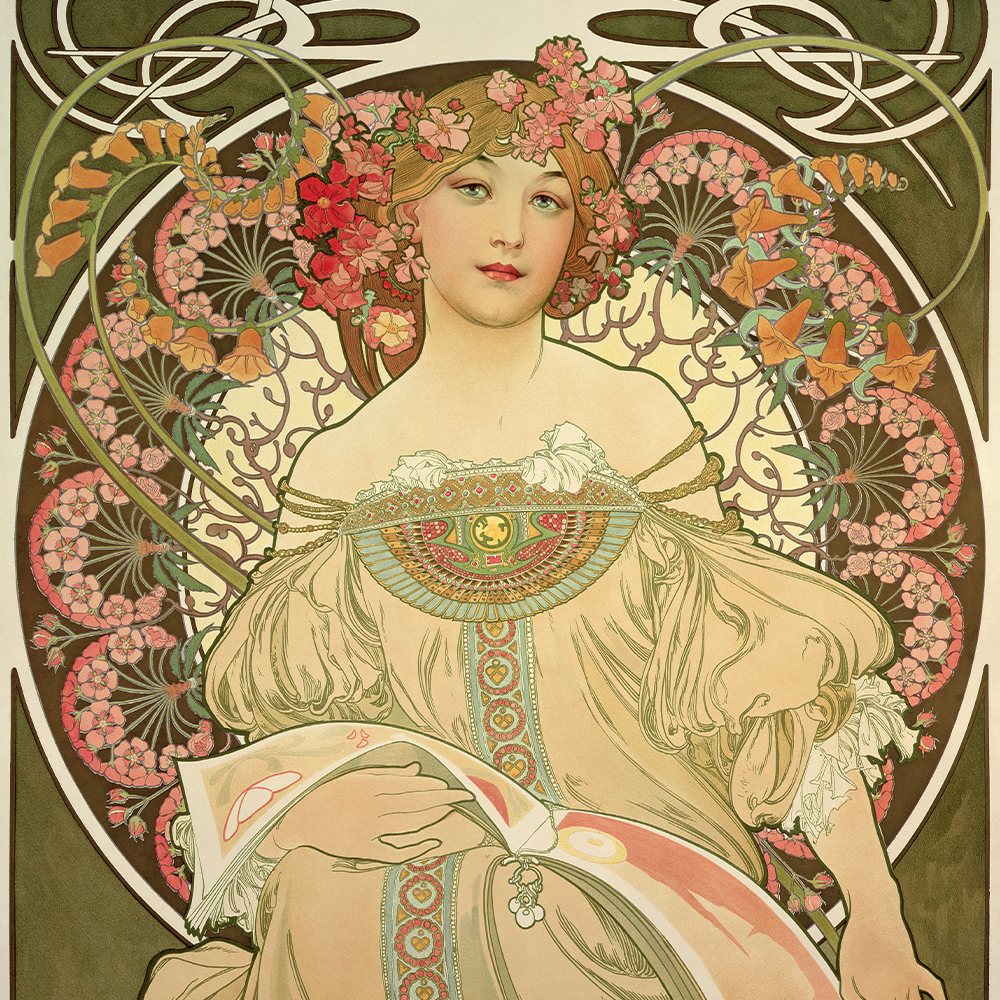November 30, 2025To Camille Pissarro, beauty wasn’t found in the gold-framed salons or manicured gardens of 19th-century France’s upper crust. It was in hayfields plowed by farmers, bustling river docks, carriage-crammed boulevards — “the atmospheric effect, the movement” of ordinary life, as he once wrote.
He was a radical in the subtlest way: an artist who saw that a woman handwashing the laundry was just as worthy of depiction as an heiress decked out in a taffeta dress. And while the Impressionists in general are remembered for breaking rules, Pissarro was the one who discarded them with the most vim and consistency. As Paul Cézanne later put it, every Impressionist had “come out of Pissarro.”

That idea looms over the Denver Art Museum’s “Camille Pissarro: The Honest Eye,” the artist’s first large-scale retrospective in the United States in more than four decades. The exhibition (on view through February 8) brings together works from nearly 50 collections, spanning his early years in the Caribbean to his late-in-life breakthroughs in Paris and Rouen.
It’s a rare chance to see Pissarro’s style-shifting evolution, beyond the pretty rural scenes that have defined his legacy in the public imagination.

“Despite playing a crucial role in the development of Impressionism, Pissarro is curiously less of a household name for today’s audience in comparison with some of his fellow artists like Claude Monet or Edgar Degas,” says Clarisse Fava-Piz, who cocurated the show and is now curator of modern art at The Phillips Collection, in Washington, DC. “His art cannot be reduced to a sole motif, like Monet and his waterlilies or Degas and his ballet dancers. Pissarro was constantly pushing artistic boundaries.”
Adds David Stern, director of Stern Pissarro Gallery, in London, “Pissarro’s decisions of what to paint were based on pure artistic development. Dealers did not shape his direction. He made various ninety-degree turns in his career, sometimes causing himself financial damage.”


Most notably, his 1880s move to Neo-Impressionism — with its pointillist, color-science approach — alienated him from contemporaries like Monet and Pierre-Auguste Renoir; from his dealer, Paul Durand-Ruel; and even from close friends, who refused to show alongside him. Still, he continued to innovate. In a letter defending Georges Seurat and Pointillism, he wrote, “One must look for new ideas and new methods; we must break away from old habits.”
The artist’s early life already sets him apart from his Impressionist peers. “Born in 1830, on the Caribbean island of St. Thomas — then a Danish territory — into a Jewish merchant family, Pissarro was never expected to become an artist,” Fava-Piz says. “He broke his family ties to travel to Venezuela with a fellow Danish artist for two years.”

Sharing a Caracas studio with his mentor Fritz Melbye, who loathed hierarchies, was a formative experience. “Throughout his life, Pissarro maintained this kind of partnership based on reciprocal exchange,” says Lauren Thompson, the Denver Art Museum’s senior interpretive specialist. “This approach — rejecting formal training and working side by side — would come to characterize the Impressionists.”
Pissarro married the family maid and moved to France in 1855 to dedicate himself to a creative life, studying under Realist painter Gustave Courbet and plein-air artist Charles-François Daubigny.

His egalitarian leanings and even temperament made him a central figure in the circle that would become the Société Anonyme des Artistes. Letters show that he rarely gossiped or spoke meanly of colleagues, and he was the only painter to exhibit in all eight Impressionist exhibitions.
Stern calls him “a guide” and a father figure, especially to the Post-Impressionists, one who offered ideas and accepted them in return. Paul Gauguin described him as “a mix of stubbornness and softness.”
He preferred “calmness and clarity over drama,” Thompson notes — an unusual trait among the group’s fiery personalities.

That steadiness was constantly tested. Pissarro and his wife, Julie, raised eight children and often merely scraped by financially. Julie wanted their sons to find salaried careers, while Camille wanted them to pursue art.
(Five generations of Pissarros have since gone on to become artists, including five of their sons. Today, Camille’s great-granddaughter, Lélia Pissarro, cofounder of Stern Pissarro Gallery with her husband, and Stern and Lélia’s daughter Lyora Pissarro are painters.)

Pissarro’s difficult relationship with money, however, was not why he felt compelled to portray the working class. “He was interested in labor and everyday people from the very beginning,” Thompson explains. “I wouldn’t say his financial struggles influenced these sensitivities — maybe they reinforced his worldview.”
“The Honest Eye” vividly showcases this worldview. Pissarro believed that “beauty is to be found in the humble,” Thompson says. This is evident, of course, in his long-celebrated pictures of rural life in Pontoise and Éragny, but his cityscapes are equally compelling.
“Pissarro’s anarchism is a major throughline”
In Paris, he captured crowds blurring in motion, smoky industrial ports, the hard labor of riverbank workers. He rarely painted unpopulated scenes. For him, people were pivotal.
The exhibition includes a few surprises. Thompson notes that museumgoers have been perplexed to encounter Pissarro’s delicate hand-painted fans, as well as The Garden of Les Mathurins at Pontoise (1876), a luxuriant depiction of a woman standing among well-maintained plantings outside a villa.

On the surface, the canvas seems buck to his usual subject matter. But, as Thompson explains, the woman is very likely the author and women’s-rights activist Maria Deraismes. Pissarro shared her anti-clerical views, so the painting is more of a nod to Deraismes’s political ideologies than an ode to bourgeois leisure.
“Pissarro’s anarchism is a major throughline in this exhibition,” Fava-Piz says. “The section dedicated to his Neo-Impressionist paintings discusses in depth Pissarro’s anarchist beliefs, with the display of his album of caricatures of Les Turpitudes Sociales [Social Depravities], which was never intended to be displayed publicly.”

The core of the exhibition, though, lies in the scope of Pissarro’s evolution. “Pissarro was already a trained artist who had drawn in plein air well before settling in France and working with the Barbizon painters in the mid-eighteen fifties,” Fava-Piz points out. “This helps reevaluate our understanding of Impressionism as a French artistic movement.”
His early work in the West Indies features a clarity of light that reappears later in his Normandy harbors. His mature Impressionist landscapes show a respect for farm labor. And his pivot to pointillism in the 1880s reveals his creative courage in the face of peer pressure. “He painted what he wanted to paint, full stop,” Thompson says. “Even if that meant fewer sales.”
Stern discerns the same uncompromising spirit. At the Denver show’s debut, he noticed a pair of paintings from the same year placed side by side: one a cheerful composition with a luminous sky that any collector would covet; the other a depiction of a gloomy, gray day that felt less commercially appealing.
Yet Pissarro portrayed both subjects with an open heart. “He wasn’t picky, saying, ‘Oh, this is not a nice day, so I’m not going to paint that because it might not sell,’” Stern says. “That was not Pissarro.”
It’s this “honest eye,” as the retrospective posits in its title, that makes Pissarro feel newly relevant. In our era of phony self-promotion and eight-second videos, he reminds us that great art can arise from paying slowed-down attention to the world around us. His paintings are records of a life spent looking closely at things most people ignored. And that in itself was an act of rebellion.

“I couldn’t care less about the opinion of any artists whatsoever, and I do not accept the casual judgments of the Romantics [i.e., the Impressionists], who have a vested interest in fighting the new trends,” Pissarro wrote. “I accept the fight, that’s all.”




